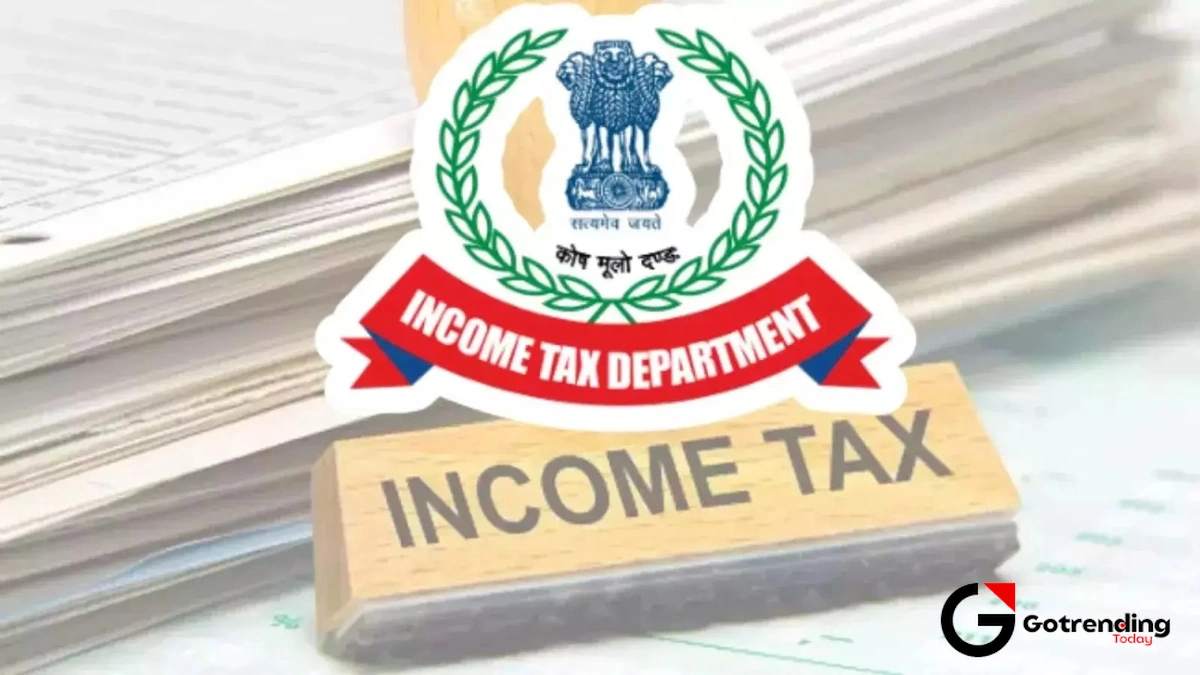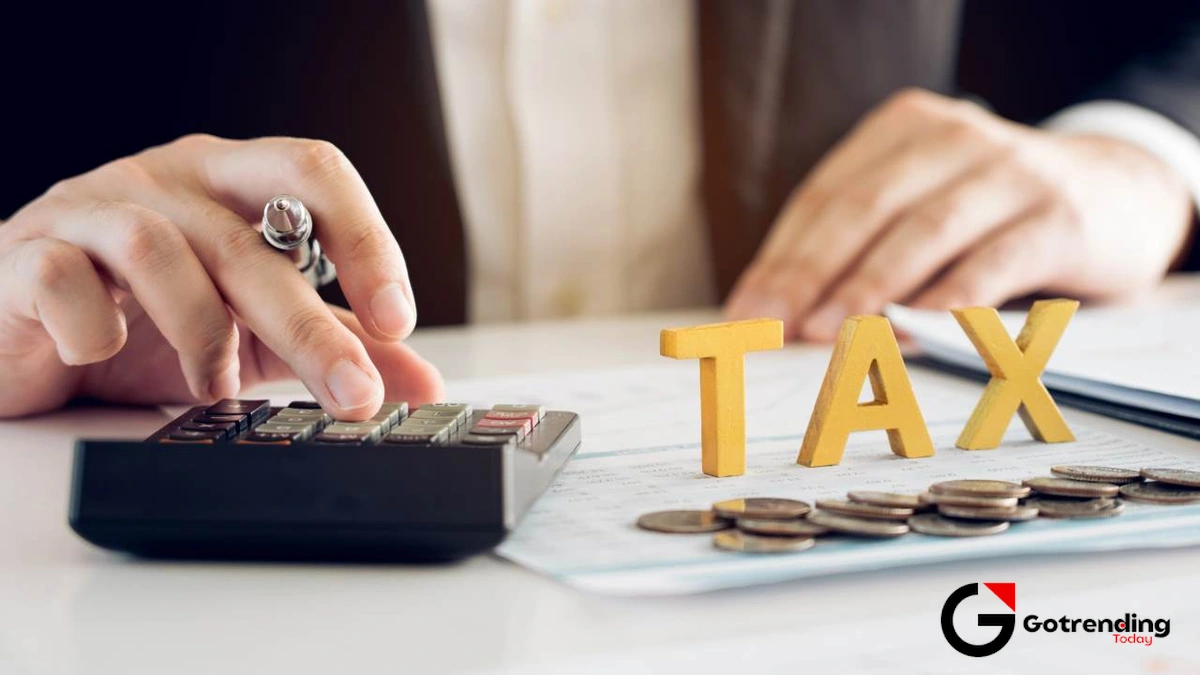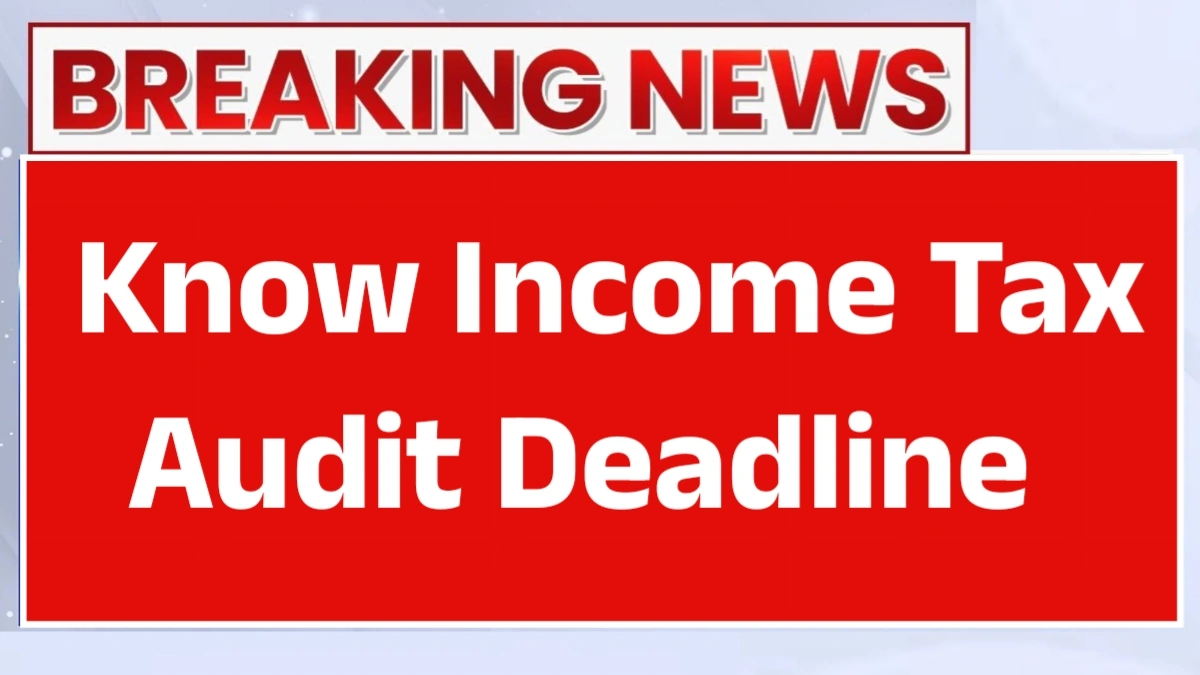That Annual Dread | Let’s Talk About Income Tax (Without Falling Asleep)
Every year, it arrives. Like a recurring character in a long-running sitcom that nobody particularly likes but has come to expect. I’m talking about that feeling. That slow-dawning awareness that you need to gather a year’s worth of paperwork, stare at a government website, and figure out your income tax . It’s the nation’s collective sigh, a ritual of adulthood that feels both incredibly important and unbelievably tedious.
I’m sitting here with my third coffee, and the thought alone is enough to make me want to procrastinate by reading up on literally anything else, like the recent Cuddalore train accident or the mechanics of large language models. But we can’t. We have to face the beast. And honestly? Once you get past the jargon and the slightly intimidating interface of the portal, it’s not a monster. It’s more like a very, very particular house cat. You just have to know how to approach it.
Let’s be real. Nobody gets excited about taxes. But understanding it truly getting it is a superpower. It’s the difference between feeling helpless and feeling in control of your own financial life. So, let’s try to untangle this thing together.
The Great Indian Tax Debate | Old Regime vs. New Regime

This is probably the biggest source of confusion for salaried folks these days. It feels like a choice that has massive consequences, and the government’s explanations can sometimes feel a bit… dense. I initially thought the New Tax Regime was just a simplified, no-brainer option. But it’s more nuanced than that. Think of it like this:
The Old Tax Regime is for the planners, the collectors, the people who have a folder (physical or digital) for every single investment, insurance premium, and donation receipt. It’s the classic path where you get to lower your taxable income by claiming deductions. The big one everyone knows is Section 80C , which covers things like your provident fund, life insurance, ELSS mutual funds, and even your home loan principal. There are others, too, for medical insurance (80D), education loans (80E), and so on. If you are a diligent saver and investor in these specific instruments, the old regime can be your best friend. It rewards you for planning your finances in a certain way.
But then there’s the newcomer. The New Tax Regime . This path is for the minimalists. It offers lower tax slabs across the board but comes with a major catch: you have to give up almost all of those lovely deductions. No 80C, no HRA exemption (with a few exceptions), no LTA. It’s a clean slate. The deal is, “We’ll tax you at a lower rate, but we’re not interested in your life insurance premiums.” This can be fantastic for people who don’t have many deductions to claim anyway maybe young professionals just starting out, or freelancers whose expenses don’t fit neatly into the old system’s boxes.
The only way to know for sure? You have to do the math. Literally. Take your salary, subtract your potential deductions, and calculate your tax liability under both regimes. Most income tax e filing platforms now have calculators that do this for you. It’s a five-minute exercise that could save you thousands.
Your Digital Assistant | Making Peace with Income Tax E-Filing

I remember the days of paper forms and long queues. We are, thankfully, in a much better era. The income tax e filing portal is where the magic (or the data entry, at least) happens. The first time you log in, it can feel like you’ve stumbled into the digital equivalent of a government office lots of options, slightly confusing labels. But breathe. It’s gotten so much better over the years.
Here’s the thing about e filing : the system already knows a lot about you. This is both creepy and incredibly helpful. Through its “pre-fill” feature, the portal pulls data from various sources linked to your PAN. It knows about the salary your employer paid you (from their filings), the interest your bank paid you, and any dividends you might have received. It’s almost like a computer trying to understand you, kind of like what people are trying to figure out with things like Perplexity AI .
Your job isn’t to build the puzzle from scratch. It’s to check if the puzzle pieces the government has are correct and to add any that are missing. The most crucial document you need is your Form 16 , which is essentially a certificate from your employer detailing your salary and the tax they’ve already deducted on your behalf (TDS). Get that, your bank statements, and proof of any investments or deductions you plan to claim, and you’re ready to go.
The process is straightforward: Log in, verify your pre-filled data, add any other income (like from freelancing or investments), claim your deductions (if you’re on the old regime), and the system calculates your final tax liability. If you owe more, you pay it online. If you’re due a refund, you submit your return and wait for that sweet, sweet bank credit. I strongly recommend everyone to use the official government portal for this. You can find it at the Income Tax Department’s e-filing website . It’s the source of truth.
Frequently Asked (and Agonized Over) Questions about Income Tax
So, who actually has to file an income tax return (ITR)?
This is a common point of confusion! Generally, if your gross total income (before any deductions) exceeds the basic exemption limit for the financial year, you have to file. For the financial year 2023-24 (assessment year 2024-25), for most individuals under 60, this limit is ₹2.5 lakh under the old regime and ₹3 lakh under the new regime. However, there are other conditions too, like if you have foreign assets or have deposited a large amount in your bank account. The safest bet? If you earn a regular salary, it’s almost always a good idea to file. It creates a clean financial record, which is crucial for loans and visas.
What happens if I miss the ITR filing deadline?
Ah, the classic procrastinator’s question. First, don’t panic. You can still file a belated return. However, there are consequences. You might have to pay a penalty (late filing fee), and you could also be charged interest on any tax you still owe. Plus, if you were due a refund, you can’t claim interest from the government on that delayed refund. The most significant loss is that you can’t carry forward certain losses (like from stocks or property) to set off against future gains. So, while it’s not the end of the world, it definitely pays to be on time.
My employer already deducted TDS. Do I still need to do ITR filing?
Yes, absolutely! This is a huge misconception. TDS (Tax Deducted at Source) is just an estimated tax that your employer pays on your behalf throughout the year. ITR filing is the process where you declare your total income from all sources (not just your salary), claim your deductions, and settle the final score with the tax department. The TDS might be more or less than your actual liability. Filing your return is how you either claim a refund for excess TDS paid or pay the remaining balance.
Is it better to hire a professional or do my own income tax e-filing?
Honestly, it depends on your comfort level and the complexity of your finances. For a straightforward salaried individual with a few standard deductions (like 80C), the online portals are designed to be user-friendly enough for you to do it yourself. It’s empowering! However, if you have income from a business, capital gains from stocks or property, or multiple income sources that make you nervous, hiring a Chartered Accountant (CA) can be money well spent. They provide peace of mind and can often find legitimate deductions you might have missed.
At the end of the day, dealing with your income tax is just one of those things. It’s a non-negotiable part of earning a living in a society that has roads, hospitals, and a defence force. Approaching it with a bit of knowledge and the right tools transforms it from a source of dread into a manageable, even oddly satisfying, annual task. It’s your money, after all. It’s worth understanding where it goes.













